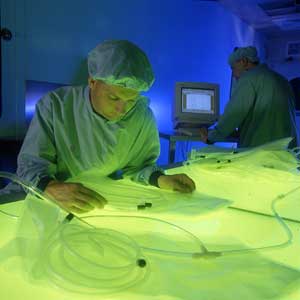Clave de Authorization: 0009300201A22345.
Welcome To Taj Pharmaceuticals Ltd API
About Worldwide | FAQs | Careers | | Media Center | | Taj Pharmaceuticals World | | TAJ Group


|
Dihydrocodeine hydrogentartrate Manufacturers in India Suppliers Dihydrocodeine hydrogentartrate Exporters Distributors Dihydrocodeine hydrogentartrate api active pharmaceuticals ingredients Dihydrocodeine hydrogentartrate manufacturers Side Effects bulk drugs raw material Dihydrocodeine hydrogentartrate companies Side Effects Importers Dihydrocodeine hydrogentartrate Dihydrocodeine hydrogentartrate Exporters Dihydrocodeine hydrogentartrate exporters FDA Dihydrocodeine hydrogentartrate DMF Symptoms Generic Taj Pharmaceuticals Ltd. |
active pharmaceutical ingredients suppliers pharmaceutical Dihydrocodeine hydrogentartrate manufacturing pharmaceutical drugs pharmaceutical intermediates Dihydrocodeine hydrogentartrate pharmaceutical chemicals pharmaceutical raw materials Dihydrocodeine hydrogentartrate active pharmaceutical ingredients Dihydrocodeine hydrogentartrate committee active pharmaceutical ingredients manufacturer Dihydrocodeine hydrogentartrate Active Pharmaceutical Ingredients manufacturer Dihydrocodeine hydrogentartrate exporter drug ingredients pharmaceuticals |
Pharmaceuticals API Manufacturer Dihydrocodeine hydrogentartrate, Dihydrocodeine hydrogentartrate manufacturer India, Dihydrocodeine hydrogentartrate product, Dihydrocodeine hydrogentartrate products, Api preparation, Certificate of Analysis API manufacturer product, Dihydrocodeine hydrogentartrate anti ulcer product, Certificate of Origin COA Dihydrocodeine hydrogentartrate COS Dihydrocodeine hydrogentartrate, pharmaceutical generic, pharmaceutical drug, medical, Dihydrocodeine hydrogentartrate pharma healthcare, pharma patents, contract MSDS manufacturing Trader Dihydrocodeine hydrogentartrate pharma, generic pharma, HCL pharma MSDS pharmaceutical products, pharmaceutical formulations, generic import API, Dihydrocodeine hydrogentartrate expectorant Pharmaceutical GMP Method of analysis formulations manufacturer, Dihydrocodeine hydrogentartrate DMF drug master file pharmaceutical Anti Cancer active ingredient exporter from India, pharma Dihydrocodeine hydrogentartrate ingredients, api, HIV Dihydrocodeine hydrogentartrate, tablets, capsules, syrup & protein Dihydrocodeine hydrogentartrate powder, GMP of Plant api nutraceuticals, gynec products, ortho ingredients in India, oncology products, Dihydrocodeine hydrogentartrate gastroenterology products, buy, sell orthopaedic product, who gmp, cGMP, US FDA, Dihydrocodeine hydrogentartrate WHO, UKMHRA Approval |
|







